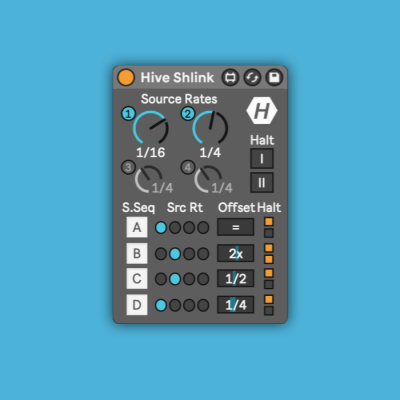Velocity 3D applies velocity curves based on input velocity and pitch together. Originally built for improving MIDI piano playback, it helps shape any input containing a wide range of pitches. Use it for keyboards, Push, Arpeggiators and more.
Set the Note Range (High and Low) according to your input MIDI notes, and then draw velocity curves to create the velocity contour. For instance, in the example below, 9 octaves of note A (A-2 to A6) with uniform, increasing velocity are played through Velocity 3D. On the right hand side you can see that the output velocities now diverge in different curves. Notes which were higher or lower than the Note Range (A-1 to A5 in the picture) use the closest boundary’s curve.

In Gain mode, the Velocity curves specify how much to Add or Subtract from the incoming value.

The sleek 3D view lets you rapidly edit and visualize the contours. The 2D views allow more editing precision.

Features
- Pitch-dependent Velocity curving.
- Automatable Note Range, Velocity Map Range, and Gain range.





